If you click on a link and make a purchase we may receive a small commission. Read our editorial policy.
Who is Spider-Man Noir? (and everything else you need to know about the most noir-y of Spider-Man)
A guide to everything you need to know about the noir-est of the Spider-Men

Have you ever been in the middle of watching an old Humphrey Bogart movie and thought, “I wonder what would happen if they dropped a guy with the proportionate strength of a spider into this story?” Well, you’re in luck! Spider-Man Noir is here to fulfill all of your incredibly specific interests.
Kicking off in early 2009 as part of Marvel’s Noir line, Spider-Noir started as just one among nearly a dozen similarly styled mini-series. Over a decade later, he is the one that stuck. Returning through the Spider-Verse comics and recently rocketing into the big time with the film franchise, he has long since overshadowed his Noir-themed brethren.
But, who is Spider-Noir, really? Sure, he’s got a great outfit and a classic Hollywood inspired flavor that lends itself to comedic brilliance when dropped alongside the other more light-hearted Spider-Folk. Still, there’s plenty of history packed into his sparse appearances across comics and TV to fill out a tragic backstory for our scenery chewing friend. With the second Spider-Verse film around the corner and a solo TV series from Amazon in the works, there’s no time like the present to check in with our friendly neighborhood grizzled antihero.
Reading List

Spider-Man Noir is, on the surface, pretty much exactly what you’d expect from the name. Sporting a fedora and trenchcoat and using guns with the same enthusiasm as he does web-shooters, this man’s love for one-liners is equalled only by his desire for justice by any means necessary. Like the 616 Peter Parker, he works at the Daily Bugle, and his Uncle Ben was killed by criminals, albeit in a more complicated way than “our” Peter.
The original mini-series by creators David Hine, Fabrice Sapolsky, and Carmine Di Giandomenico (with costume design by Marko Djurdjevic) was popular enough to warrant a sequel. The two minis, Spider-Man Noir and Eyes Without a Face, provide the backbone for the character. However, as time has passed, he has gone on to lose some of the elements that made him stand out among the other Noir titles in favor of combining them all into a single character spoofing the classic film genre after which they are named. Thus, reading the first two mini-series versus reading pretty much anything that follows will give very different takes on the character.
After that, Spider-Man Noir made a number of loose appearances across various Spider-Verse comics. These include his role among the Web Warriors, his part in End of the Spider-Verse via Spider-Man Vol. 4, and his death in Spider-Geddon. Still, you can’t keep a brooding man down, and he soon returned to the spotlight with another mini-series, titled Twilight in Babylon, from Margaret Stohl and Juan Ferreyra. As for what’s to come, it’s hard to say for sure, but chances are the increased appearances in TV and film means we will be seeing more of this mysterious masked man in the funny books soon.
What makes a Spider-Man

We don’t know much about Earth 90214’s Peter Parker’s early days, only that it somewhat mirrors his 616 counterpart as if it were viewed through a funhouse mirror. In the Web Warriors (2015) series, we see glimpses of his childhood, in which his only friends turned on him after he gently called them out for their criminal misdeeds. Left broken and bloody, he recollects that it was his first indication that he should “never trust anyone.”
Keeping with this more disturbing take on his history, the original mini-series shows that this Peter Parker's Uncle Ben was graphically murdered by former circus geek Adrian Toomes, darkly nicknamed “The Vulture,” who ripped him to shreds with his teeth. These early stories introduce his Aunt May as a defender of truth and justice in the first pages of the story, but most of the follow-ups steer away from their relationship in favor of other adventures. The turn Peter takes into vigilante justice disappoints Aunt May, but it saves her life when The Vulture is sent to kill her in the original series.
The first Spider-Man Noir mini opens on Ben Urich meeting Peter, charmed by his activism. We quickly discover that Urich is a heroin addict who has sold out his morality to the highest bidder, aka Norman Osborn. This Peter is a quick-to-anger, morally inflexible youth who condemns Ben for his lack of resolve. Peter is bitten by a spider, then enters a delirious state that shows him in conversation with an ancient spider god who grants him his powers. Bent on revenge, he is able to take Osborn out of power, but at great cost to his own strict ethics as he finds himself drifting further away from his Aunt and Uncle’s belief in human decency than ever.
The real politics of the made-up time

The politics of Spider-Man Noir are perhaps the most confusing aspect of the character. He initially appears as a vocal socialist fighting alongside his Aunt May to encourage people to rise up against criminals like Norman Osborne and take control of the industries that crush them. In both the original series and Eyes Without A Face, he is an active socialist and anti-fascist rallying others to buck the system. Throughout those two series, he is appalled by the corruption of the system and the rise of fascism across the globe that history-minded readers will be well aware was occurring in the 1930s.
However, Eyes Without a Face is an even more conflicting tale, in which commentary on anti-Black racism is undermined by the story’s willingness to make moral examples of its Black characters. Robbie Robertson is Peter’s friend and co-worker, but he is swiftly lobotomized by the eugenicist Otto Octavius. Thus, he is out of commission for much of the story, leaving Peter to step again into the role of the hero. References to real-world horrors like the Tuskegee Experiments and the rise of Nazism in Germany are found throughout, however this makes the story a bit too busy to find the point behind these references outside of an atrocity slideshow. Brutal murders happen on the page while generally morally gray characters are pushed to fascistic extremes.
In direct contrast to the original two mini-series, other takes on the character have pushed him further into the realm of noir parody, particularly after the release of Into the Spider-Verse, which embraced the camp aspects of the character. This may lead to a tonal whiplash for readers jumping from the extremely upsetting subject matter of Eyes Without a Face to the more comedic properties of the character. Indeed, even the general principles of this Peter are in question, with him initially appearing as an outspoken socialist and later shown to be in possession of one single book, Anthem by Ayn Rand.
Much of this personality change is explained in Spider-Man Noir's scant appearances among the other Spider-Verse stories. After his death at the hands of the Inheritor in Spider-Geddon, he soon returns in Spider-Verse Vol. 3 #5. The god that gifted him his powers tells him that his service is not yet finished, and resurrects him to fight again. These stories serve as a sort of loosely assembled bridge between the original concept and the follow-up, Twilight of Babylon. This mini leans into hijinks that reference both 616 and real-world history while primarily serving as a fast-paced globe-hopping adventure in which Peter’s Noir sensibilities are reestablished while eschewing much of the political commentary of his early days in favor of a more basic “good versus evil” fight against the Nazis.

Supporting cast
There are plenty of nods to various Spider-Man characters in this mirror world. First up, Felicia Hardy appears as the hardened femme fatale who has an affair with the younger Peter Parker but refuses his attempts at something more. Peter is uncomfortable with her proximity to the seedy underworld, which she comes by through her ownership of the nightclub, The Black Cat. Mary Jane appears with a very basic set of characteristics that neglect a lot of her 616 development in favor of positing her as the wholesome girl next door who mostly serves as contrast for Peter’s slide into vigilante justice.
May makes a very brief appearance in Edge of the Spider-Verse #1, in which he refers to her as a bleeding heart then ignores her skepticism about a clearly villainous woman named Sharon who manipulates Peter into helping her. His self-destructive urges are on full display as he throws his relationship with Mary Jane out in favor of an ill-advised romance with Sharon, who briefly transforms him into a raving terror.
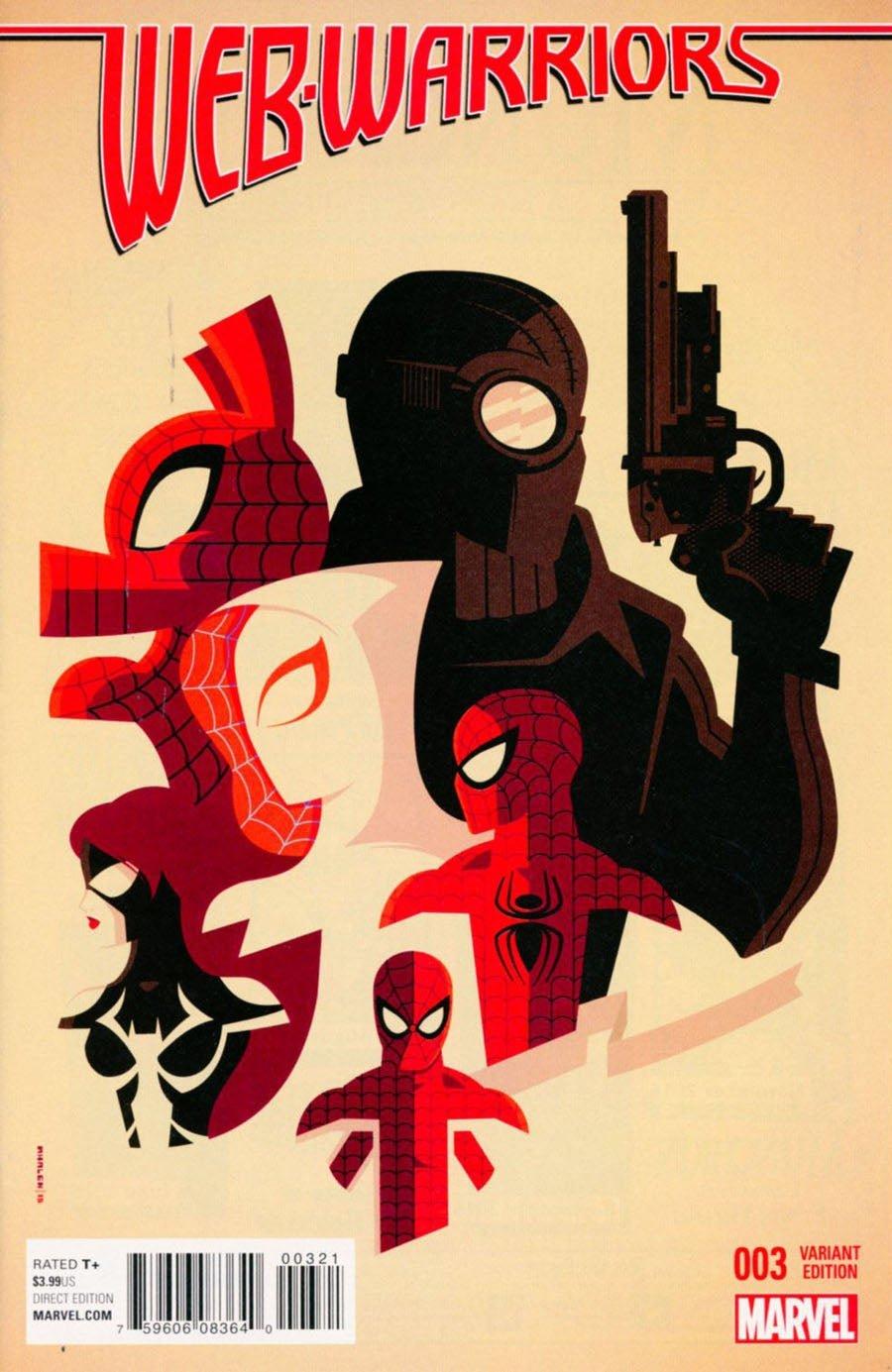
Still, in Web Warriors and other Spider-Verse tales, Noir is surprisingly good at working with the team of his alternate reality selves. His rough edges soften slightly with the presence of full-out spoof characters like Spider-Ham while more earnest characters like Spider-Gwen seem to inspire him to tap into his deeply buried sense of hope for humanity.
Superhero Noir
So far, the output of Spider-Man Noir has been a rocky road, but that doesn’t mean it hasn’t had its highlights. Though the character has been inconsistent, this is perhaps in service to creators figuring out what will ultimately make him tick outside of a series of throwback film references and historical observances. Kicking off as a one-off experiment that wasn’t necessarily intended to experience the rise in popularity we’ve seen in recent years, this is a character who is likely to experience more changes as he becomes more established.
Attempts to address the fascism and brutality of Depression-era America haven’t been seamless by any stretch, but that doesn’t mean there’s no merit in the attempt. At his best, Spider-Man Noir is a character who is shaped by the time in which he lives, his sincere faith in humanity bent but not fully broken by the horrors he has seen. Confronting the often unpleasant realities of U.S. history while telling a story of a man on the brink, familiar to us but different than the Spider-Man we know, is a concept with a lot of potential that is only now starting to be truly realized. Wherever he goes next, we’ll be along for the ride.
Spider-Man watch order: How to watch every Spider-Man movie in chronological and release order
Follow Popverse for upcoming event coverage and news
Find out how we conduct our review by reading our review policy
Let Popverse be your tour guide through the wilderness of pop culture
Sign in and let us help you find your new favorite thing.


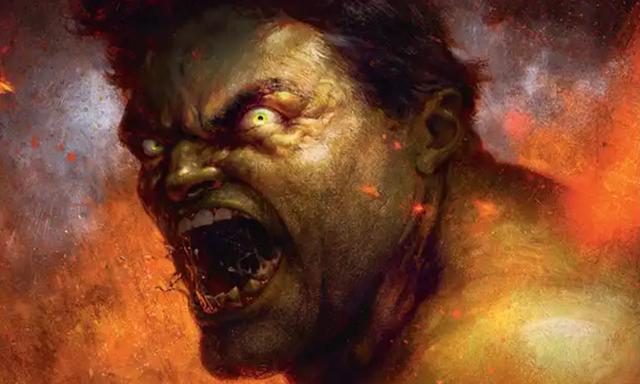
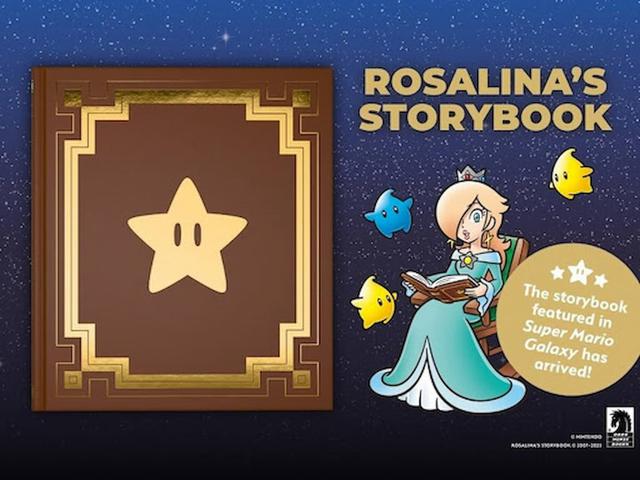

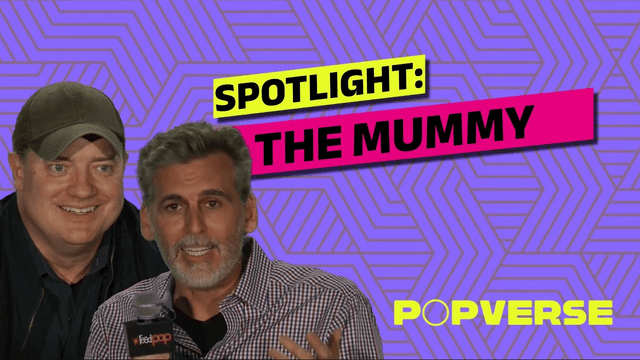

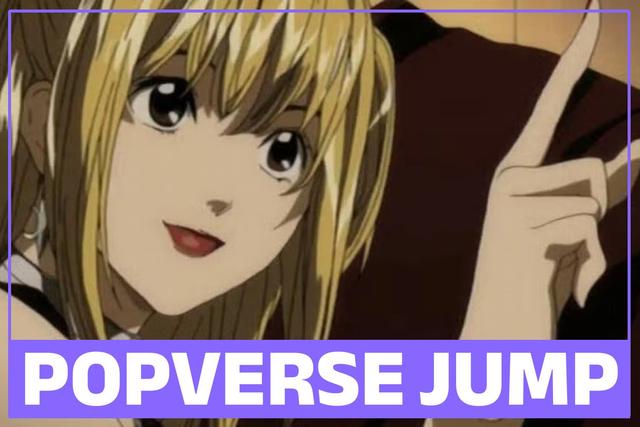
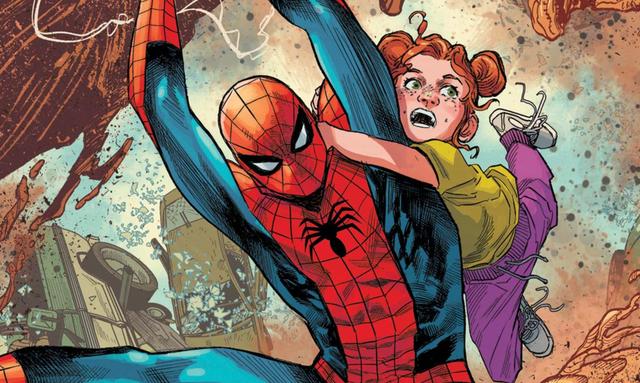







Comments
Want to join the discussion? Please activate your account first.
Visit Reedpop ID if you need to resend the confirmation email.